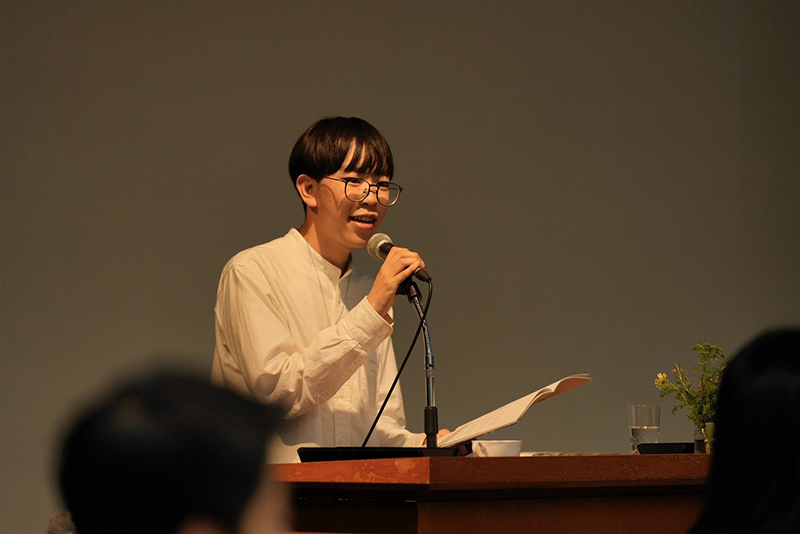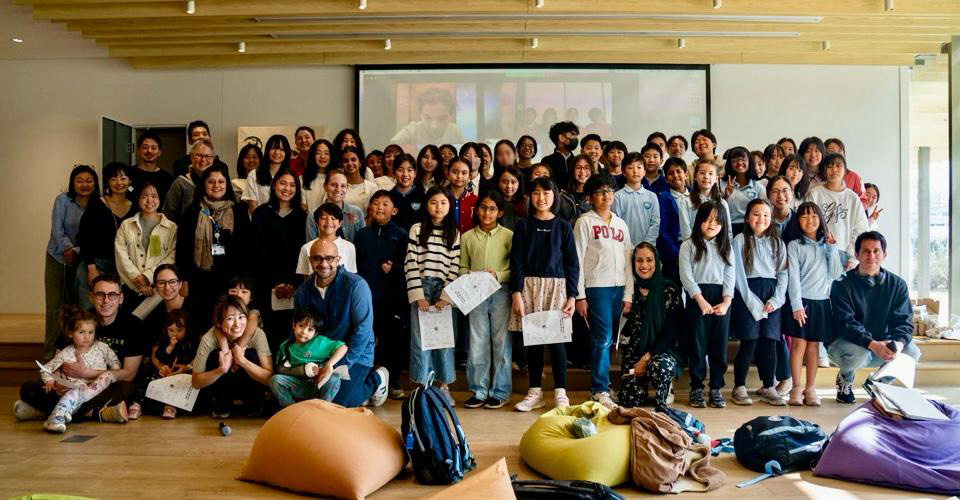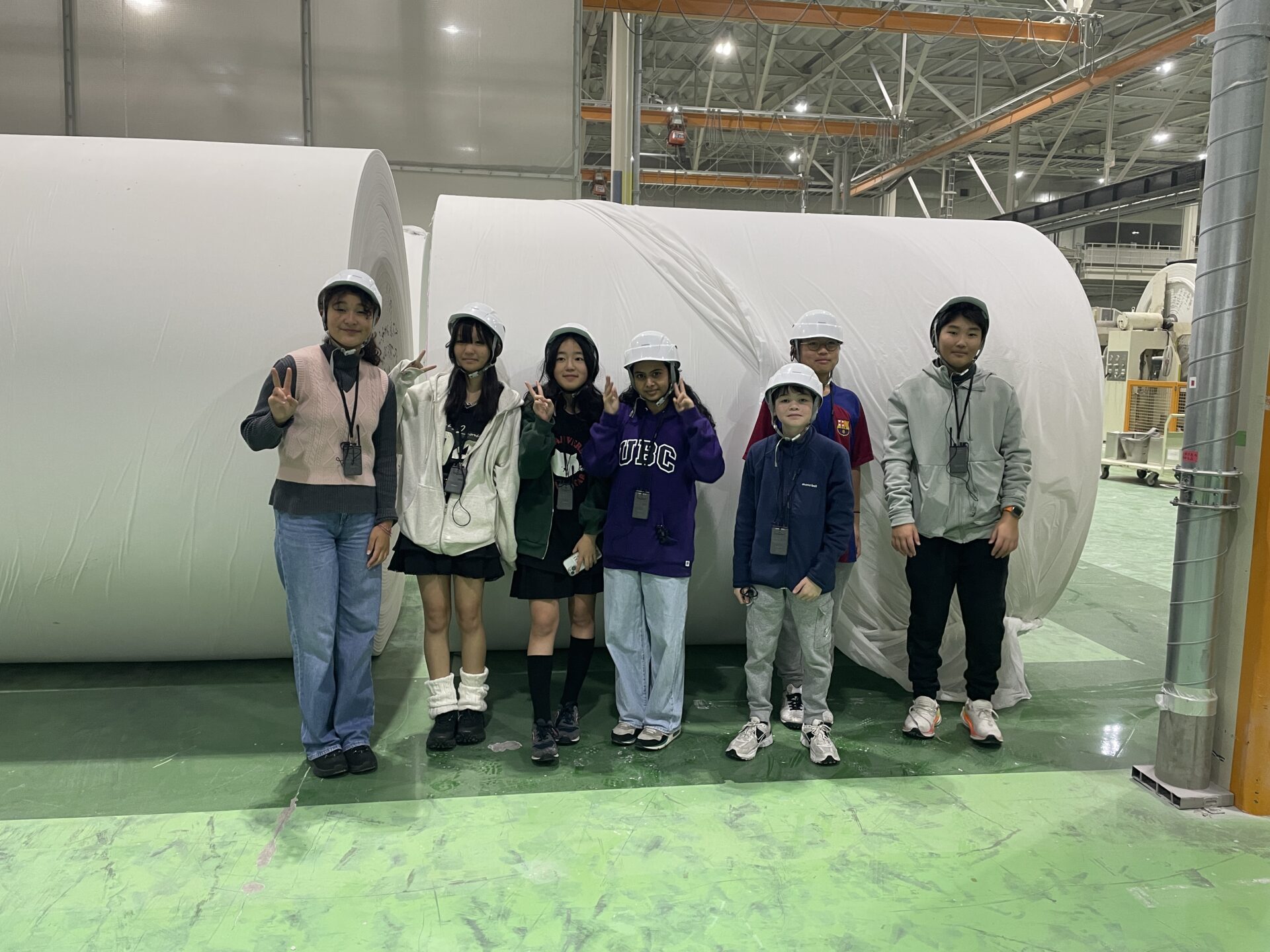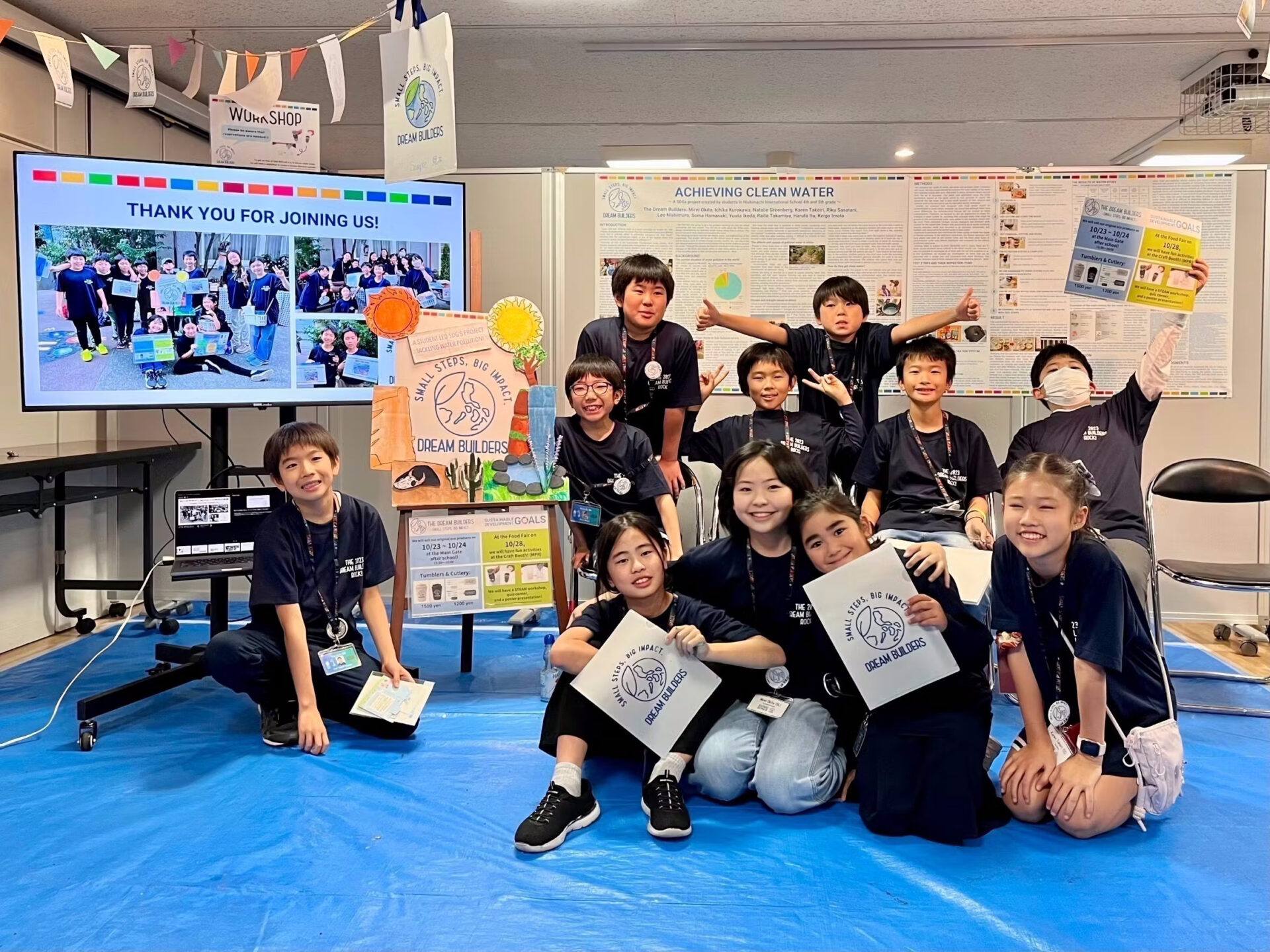ROOTS & SHOOTS
「品川シャークス」の活動をチェック! 6年生が海岸探索&クリーンアップを実施
Check Out the Activities of the Shinagawa Sharks! Sixth Graders Exploring the Beauty of Nature & Cleaning Up the Coastline
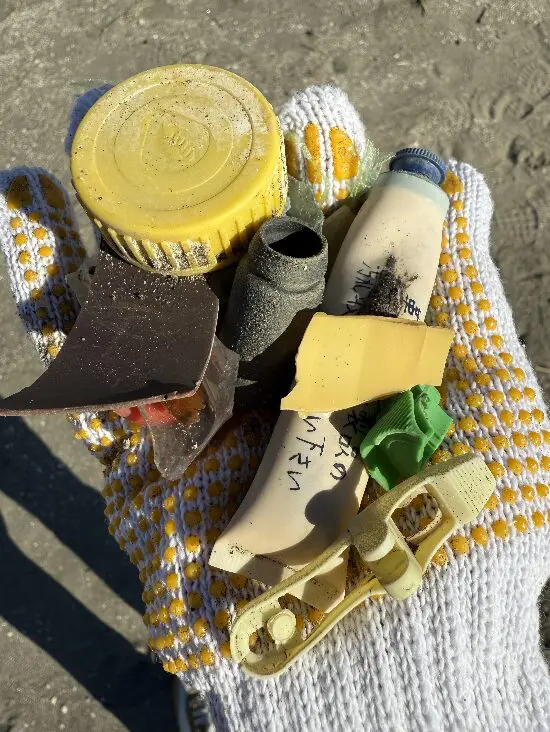
新たにRoots & Shootsのグループ登録を行った品川インターナショナルスクールの「品川シャークス」。6年生の2クラス(約30名)はテーマを「海」とし、12月に鎌倉にて海岸探索とビーチクリーンを行いました。
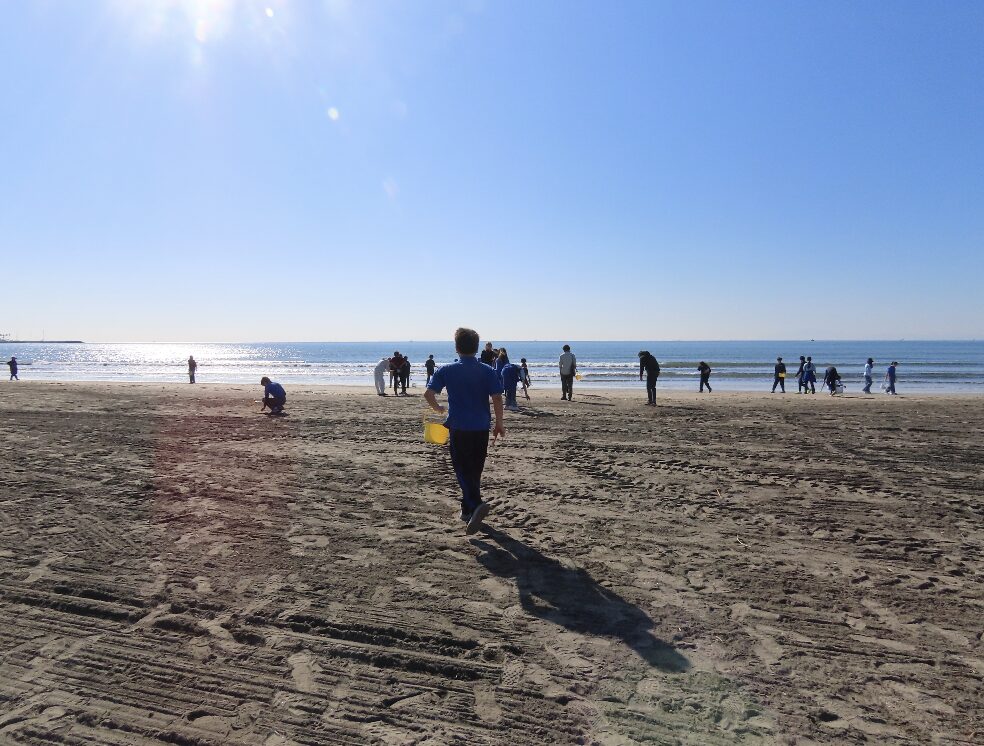
冬の澄んだ空気を感じながら、穏やかな風と柔らかな日差し。海を好きになり、自然の美しさを感じとる完璧な海日和に。生徒らは海岸に着いた瞬間から、ワクワクしているのが伝わってきました。
自分たちが暮らす地域に関する海岸についてのレクチャーから始まり、品川から横浜にかけて自然海岸がないこと、相模湾の自然海岸のユニークさやそこに集まる生き物、潮の満ち引きの面白さなどについてお話がありました。
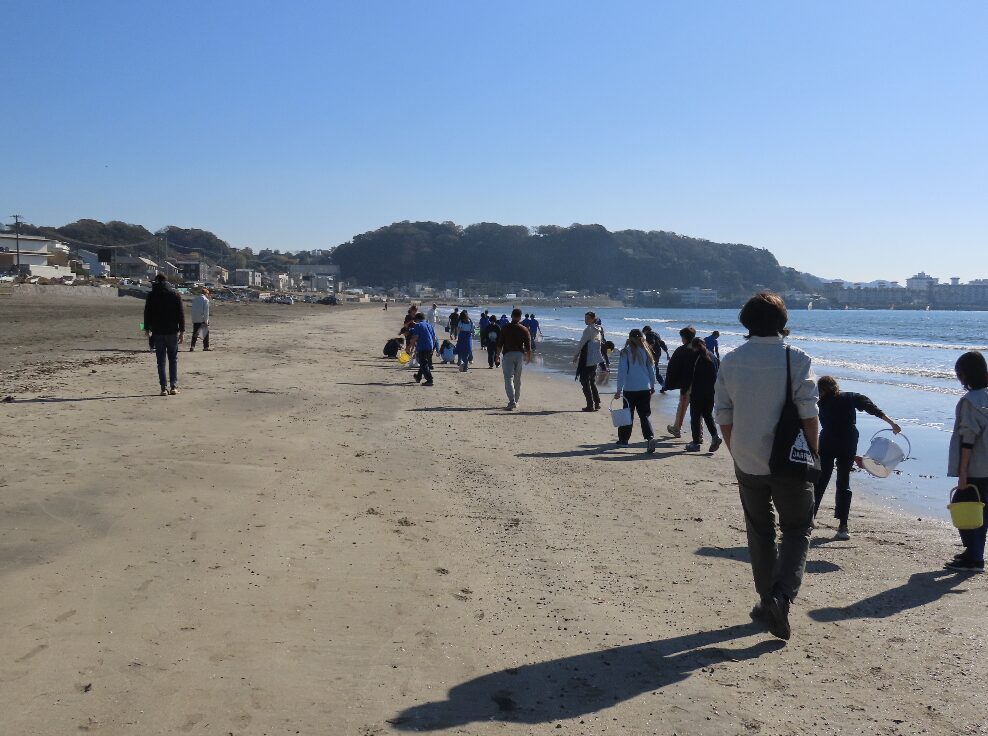
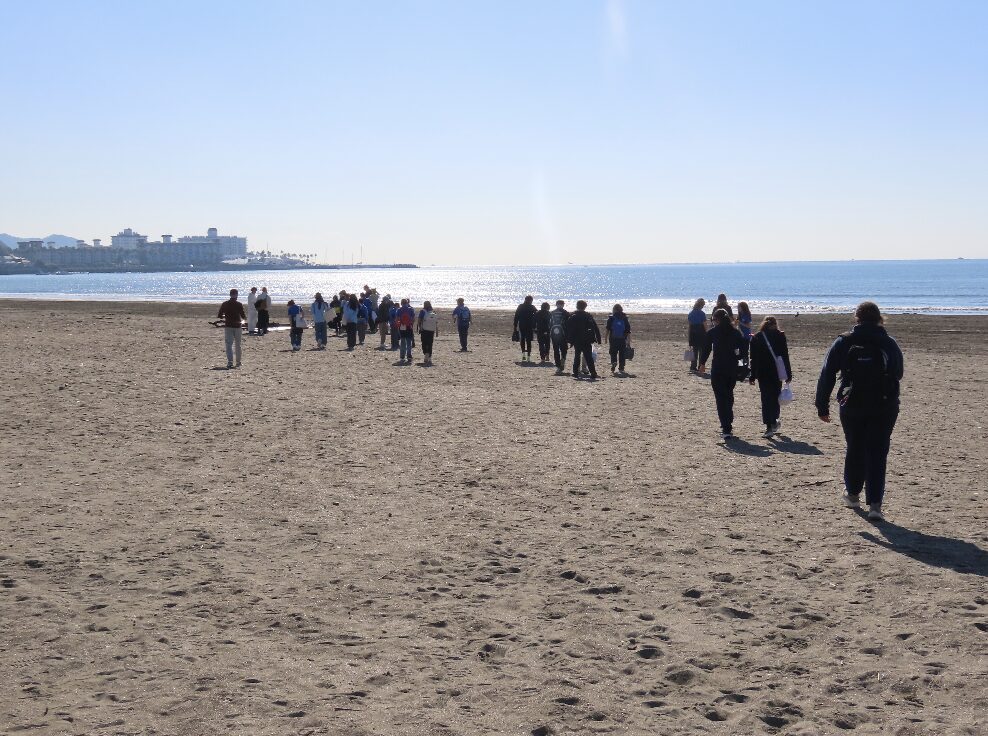
その後、バケツを持ってビーチコーミング! 美しいと思うもの、興味を引くものなどを拾い、海岸線にどんなものがあがっているのかを観察。貝殻、生き物、石、ごみ、陶器など「これはなんだろう」「どうしたらこんな形になるんだろう」など様々な質問が上がりました。
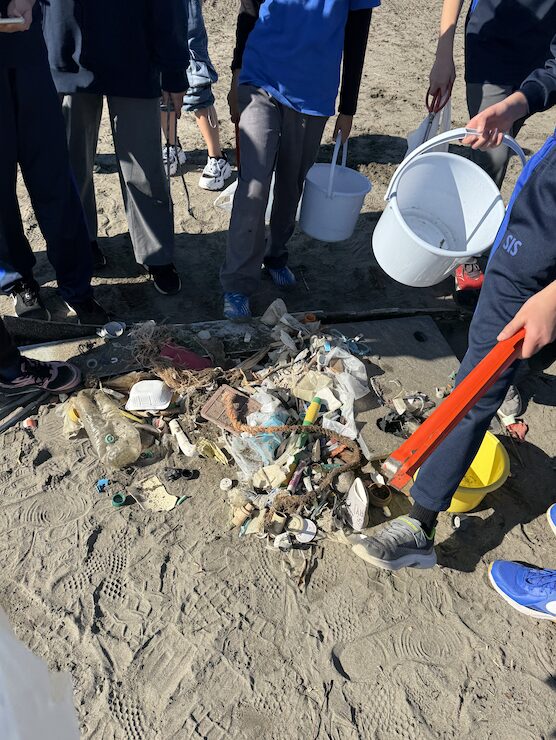
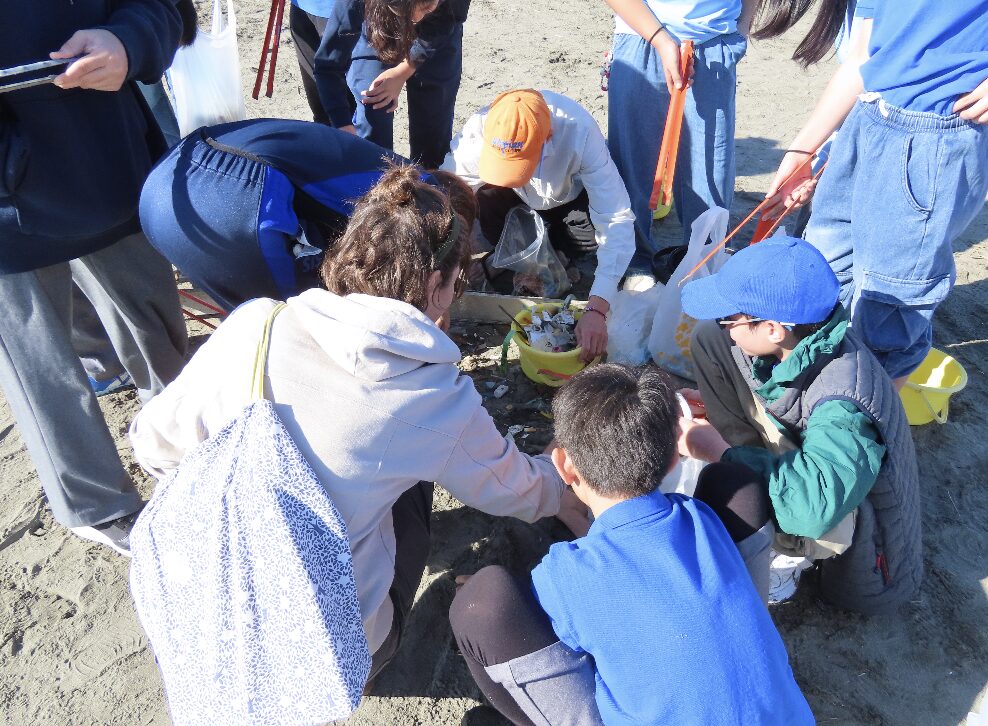
そして砂浜に十字を書き、拾ってきたものを4種類に選別。海からきたもの、陸から来たもの、その中でここにあって良いと思うもの、ないほうがいいと思うものにわけました。すると見えてきたのは、多くのゴミが陸からきているということ。さらにザルでマイクロプラスチックを観察し、いかに海の生き物たちに影響を与えているかについて考えました。
海に流出しているプラスチックごみの量は、年間約800万トンと推定されています。また、現在海に漂っているプラスチックごみの総量は、約1億5,000万トンとされています。2050年にはプラスチック生産量はさらに約4倍となり、それにより海洋プラスチックごみの量が海にいる魚を上回るというシナリオも。海洋ゴミの8割が陸域由来と言われている中で、私たちにできることは、使う量を減らし廃棄量を削減すること、そして国レベルで法整備をし生産量を減らし、リサイクルシステムを改良したり、ゴミの輸出を見直すなど、取り組むべき喫緊の課題となっています。
品川シャークスのみんなは、最後に神奈川美化財団のゴミ袋を持ち一気にゴミ拾い。分別をして終了しました。1月には学校にて海洋ゴミを活用したアートワークを実施予定です!
The Shinagawa Sharks, a new Roots & Shoots group from Shinagawa International School, took on the theme of “the ocean” for their activities. In December, two classes of sixth graders (around 30 students) conducted a coastal exploration and beach cleanup in Kamakura.
With crisp winter air, gentle breezes, and soft sunlight, it was a perfect day to feel the beauty of nature. The students were visibly excited the moment they arrived at the beach.
The day began with a lecture about the unique aspects of the coastal areas in their region, such as the absence of natural coastlines between Shinagawa and Yokohama, the distinctiveness of Sagami Bay’s natural coastlines, the creatures that lives in the area, the fascinating tidal cycles, and more.
Afterward, the students grabbed buckets and went beachcombing! They collected items that caught their interest or looked beautiful, observing what had washed up along the shoreline. Questions like “What is this creature?”, “How could it take on this shape?” arose as they gathered shells, creatures, stones, trash, and pottery fragments.
On the sand, we drew a cross and sorted their findings into four categories: items that came from the ocean, items from the land, things that belong on the beach, and things that shouldn’t be there. This activity revealed that most of the trash came from land. We also examined microplastics, reflecting on their impact on marine life.
It is estimated that approximately 8 million tons of plastic waste flow into the ocean each year. Additionally, the total amount of plastic waste currently floating in the ocean is estimated to be around 150 million tons. By 2050, plastic production is expected to quadruple, leading to scenarios where the volume of plastic waste in the ocean could exceed the amount of fish.
With 80% of marine debris said to originate from land, our responsibilities include reducing the amount of plastic we use and minimizing waste. On a national level, it is crucial to establish laws to curb production, improve recycling systems, and reconsider the export of waste. These are urgent challenges that demand immediate action.
Tthe students wrapped up the day by collecting trash with garbage bags provided by the Kanagawa Bika Zaidan, sorting it, and completing the cleanup.
In January, the students are planning to create artwork using plastic waste back at school!
